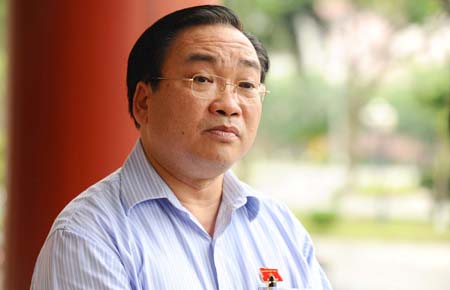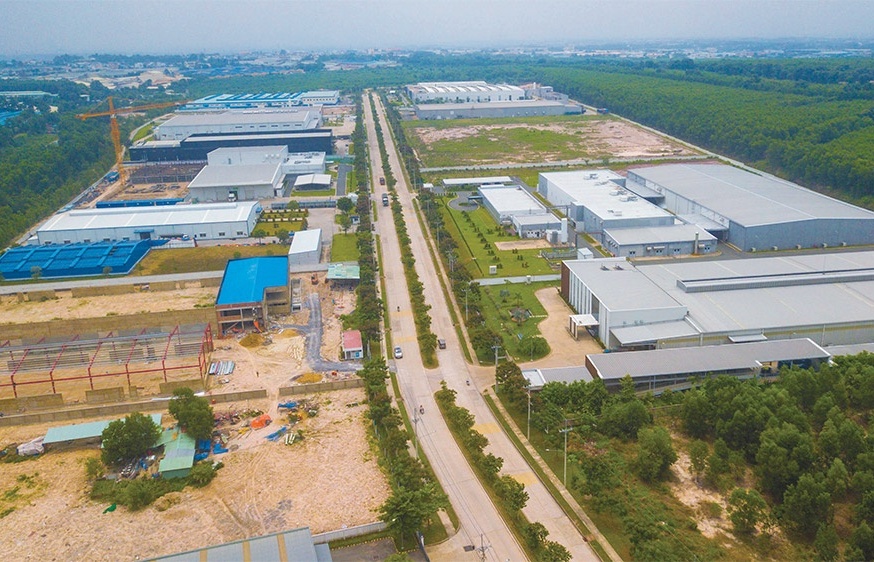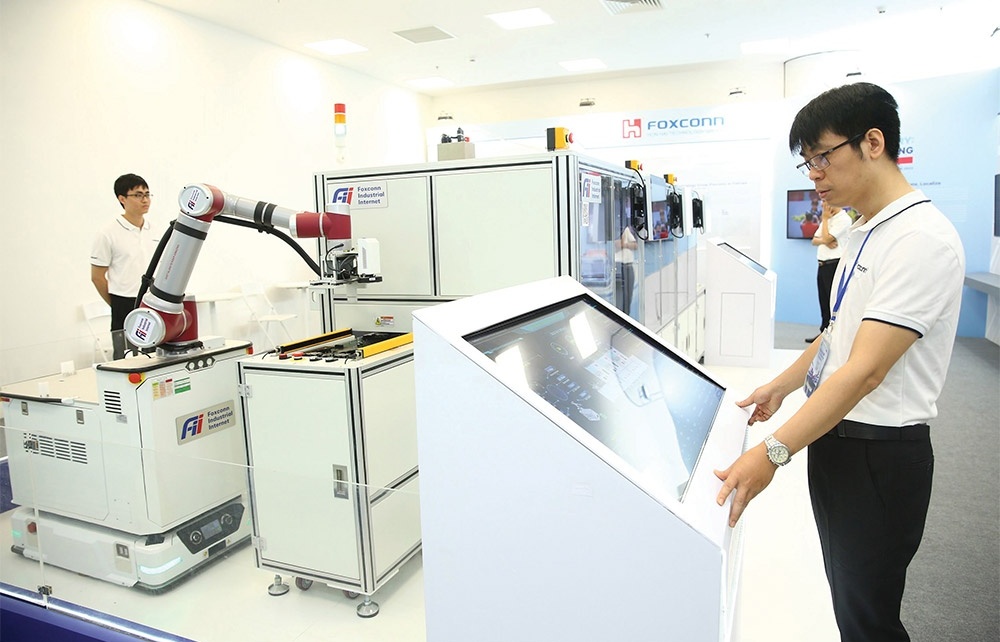Power shortfalls still remain a concern

Vietnamese Deputy Prime Minister Hoang Trung Hai
Power generation facilities now seem able to keep pace with the local demand. Does this mean that the power sector has gone one step ahead to ensure power sufficient to meet the requirements of the country’s socio-economic development?
The total design capacity of various power generation sources in Vietnam has reached about 34,000 megawatts. However, real capacity in many instances has only touched 23,000MW, which is well-below design capacity. This is due to hydropower plants being affected by weather conditions or some power sources undergoing repair or maintenance. In southern cities and provinces, the power sector still suffers from time to time from insufficient backup sources.
Generally speaking, so far this year the power sector has been running effectively, providing sufficient power to meet socio-economic development targets, albeit with modest backup sources.
Vietnam’s power demand has been rising constantly and is about 1.7 times higher than GDP growth, making the task of ensuring sufficient power supply in the coming years quite challenging. As estimated, each year the power sector will need about $8 billion in order to raise the system’s capacity by roughly 5,000MW.
Vietnam’s current capita power consumption is rather low at 1,500kWh per person a year, which is half the global average. Meanwhile, power usage levels in developed countries surpasses 10,000kWh a person per year.
Therefore, to keep up with the country’s power demand to match the annual economic growth level of 12-13 per cent in the period up to 2020, the prime minister has instructed government agencies to work out specific policies and mechanisms for urgent power projects to ensure the local demand is met.
Based on the latest figures, and if things go according to plan, the power sector can ensure there will be no power outages during the 2015-2020 period.
Although the government has encouraged the role of the private sector in power generation development, Electricity of Vietnam (EVN) still plays a decisive role. How can this situation be addressed?
In the initial stages while the power market has yet to function under market rules, the decisive role of EVN is important to ensure that sufficient power supply matches development needs.
In the past decade, the power sector has gradually shifted from being a state monopoly to operating under market rules alongside businesses from diverse economic sectors, including foreign-invested companies in power source development. At present, EVN does not have a monopoly in power generation. The power sources managed by EVN (including financially dependent power plants and those it retains the entire capital in) account for 44 per cent of the total designed capacity; 37 per cent is managed by private businesses; and the 19 remaining per cent is handled by other state-businesses.
During 2015-2020, of the nearly 29,000MW of the designed capacity to be developed, EVN will account for about 33.5 per cent, while the remainder will be taken up by other businesses.
To ensure a healthy power market, the power sector will embark on a restructuring plan, and will exercise further steps towards forming a competitive power market as outlined in the approved plan. It’s vital that the gradual reduction of EVN’s monopoly role runs parallel to restructuring and forming a competitive power market to attract investors.
The government has set a goal of having power prices set by market rules by 2015, but power prices are only slowly creeping towards this target. How will this goal be reached?
According to consultants’ calculations, market prices for power generation during 2015-2020 will surpass 9 US cents per kWh. However, current power prices are much lower than that level, averaging about VND1,537/kWh (7.2 cents per kWh), equal to just 75-80 per cent of the market price. At such a low price, the power sector’s distribution and transmission units report very low profit rates of only 2-3 per cent. Financial indexes of power sector businesses currently are not capable of convincing banks to offer loans.
Therefore, to ensure investment capital for power projects, the government has supported EVN through providing guarantees for it to borrow from domestic and foreign credit institutions or allowing it to source investment credit packages for relocation of people affected by power projects.
The power price next year may still be lower than market prices as the power price also depends on a nation’s development level. The power price will be gradually adjusted following market rules, while avoiding shocks to the economy. Power companies also need to enhance transparency, specifically in terms of how they go about calculating their power prices. They must boost labour productivity to slash costs, meanwhile state agencies must increase inspections and the supervision of proposals to increase power costs to ensure impartiality.
What the stars mean:
★ Poor ★ ★ Promising ★★★ Good ★★★★ Very good ★★★★★ Exceptional
Latest News
More News
- Beacon Investment Fund to expand Lotus Group's F&B operations (April 17, 2024 | 11:09)
- Public investment progress requires a stronger thrust (April 17, 2024 | 09:21)
- Disbursement delay deemed unacceptable (April 17, 2024 | 09:13)
- Lack of sand prompts alternatives for traffic projects (April 17, 2024 | 08:00)
- Vietnam asks Apple to make it global production base (April 16, 2024 | 16:11)
- SK E&S and T&T Group research LNG project in Quang Tri (April 16, 2024 | 15:38)
- Experts give insight into Vietnam's retail sector (April 16, 2024 | 09:00)
- Warburg Pincus invests in Xuyen A hospital chain (April 15, 2024 | 17:06)
- Refinements will help boost ties with France (April 15, 2024 | 14:35)
- Downside risks being felt on Vietnam’s growth path (April 15, 2024 | 08:00)











 Mobile Version
Mobile Version